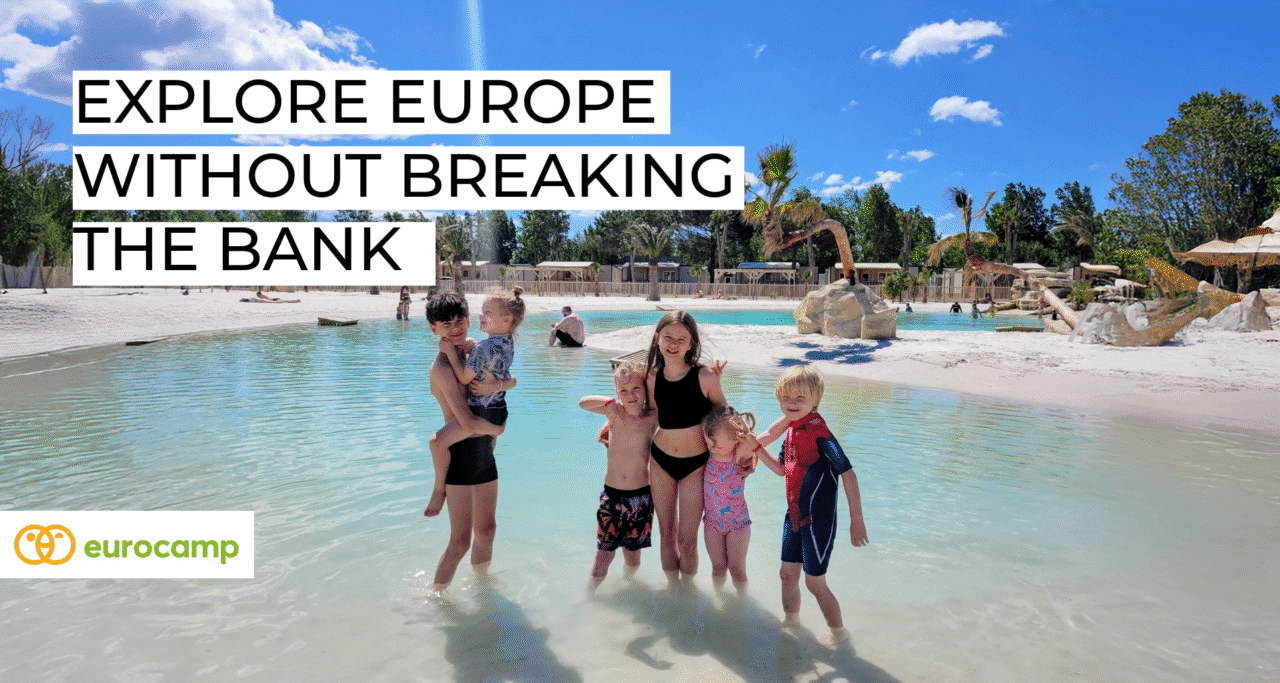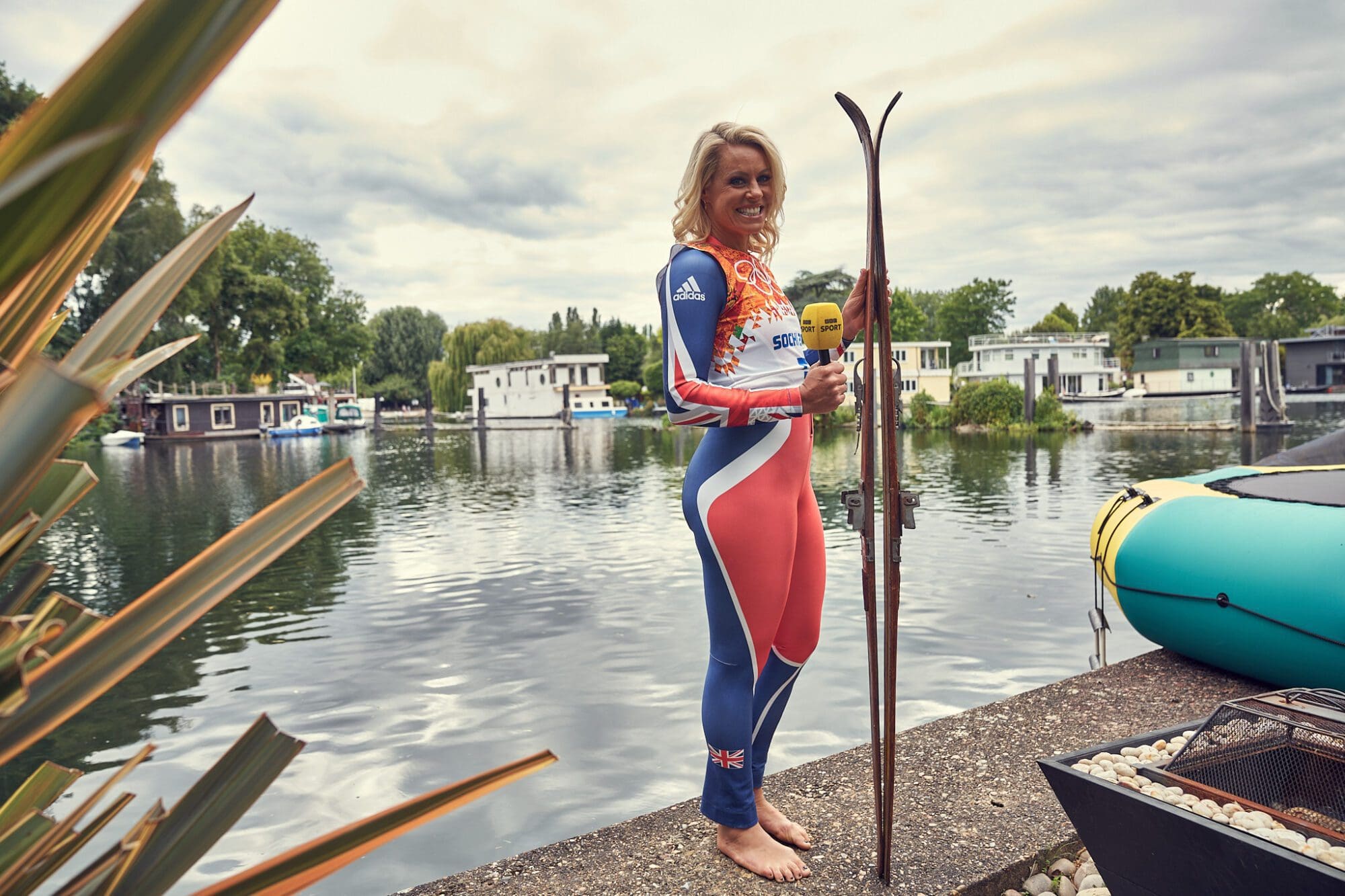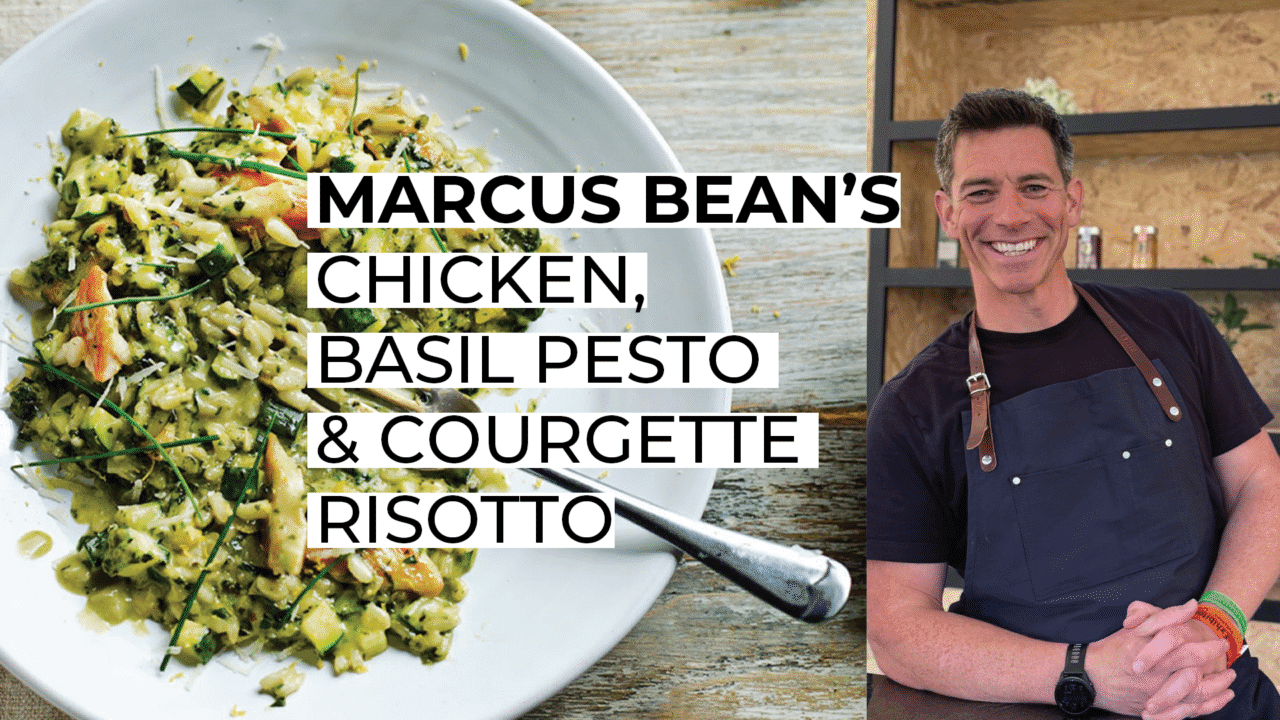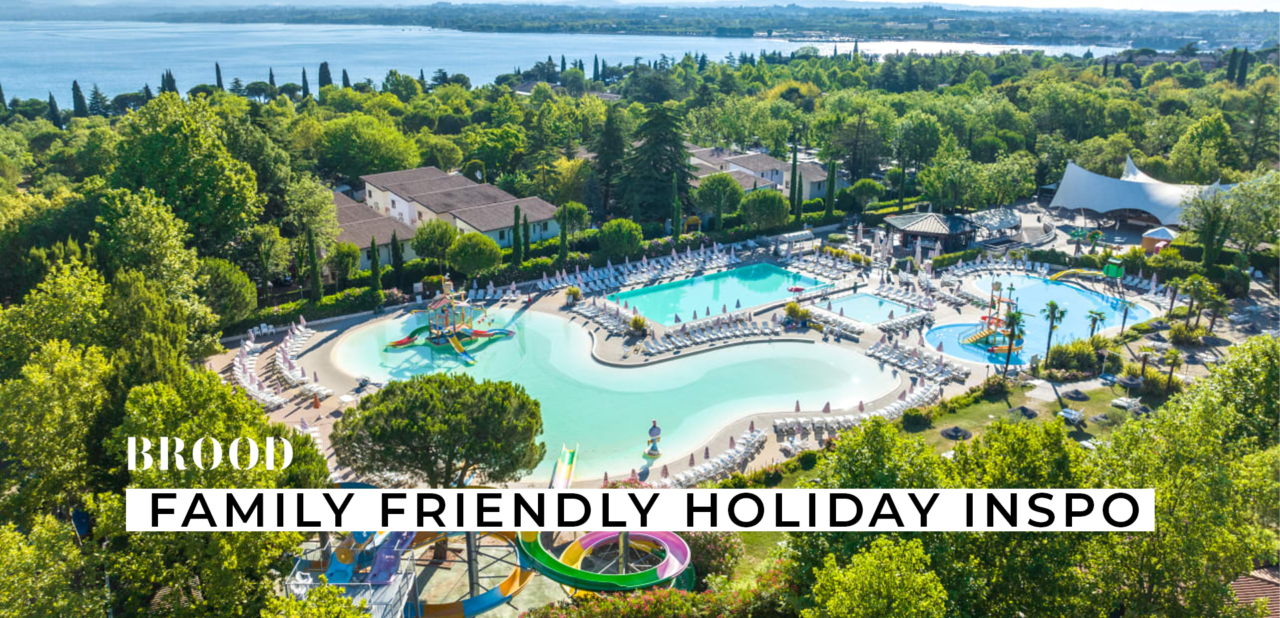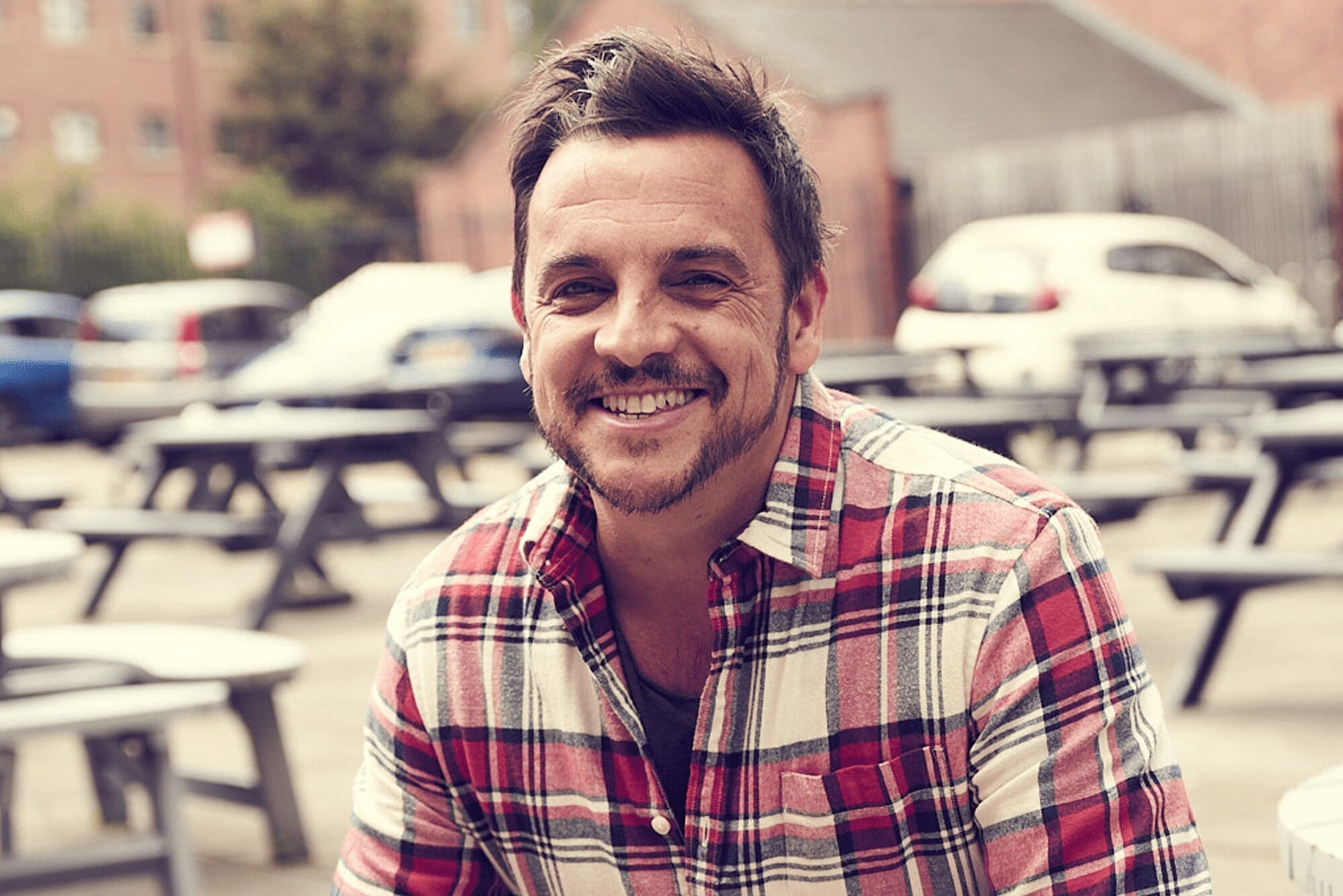How does geothermal pipe installation work?
Over the past few years, heat pumps have shot up in popularity. Especially in the context of rising natural gas prices, they’re becoming increasingly attractive for a lot of home and business owners, thanks to their impressive efficiency and stable comparative costs.
That being said, a lot of people are keen to know a little more about how these systems work, and rightly so. Here, we take a look at how geothermal pipes, a central component of ground source heat pumps, are installed, to give you a better insight into how your installation might go.
What is a geothermal pipe?
Heat pumps might seem magic, but they’re not – they ‘simply’ take heat from the surrounding environment, and channel it into your home. Ground source heat pumps, in particular, take that energy from the earth below, and there are two different ways that this energy is transferred.
Horizontal pipes
Horizontal geothermal pipes, as you might expect, lie horizontally to the surface of the ground. To install them, you dig a trench of around 4-6 feet in depth. Then, two pipes are buried – one at around 6 feet depth, the other at 4 feet depth.
These two pipes are then connected to the heating/cooling system, so that liquid can be put through them. These kinds of approaches are more common for domestic applications, where not a lot of pipe is required for heating purposes.
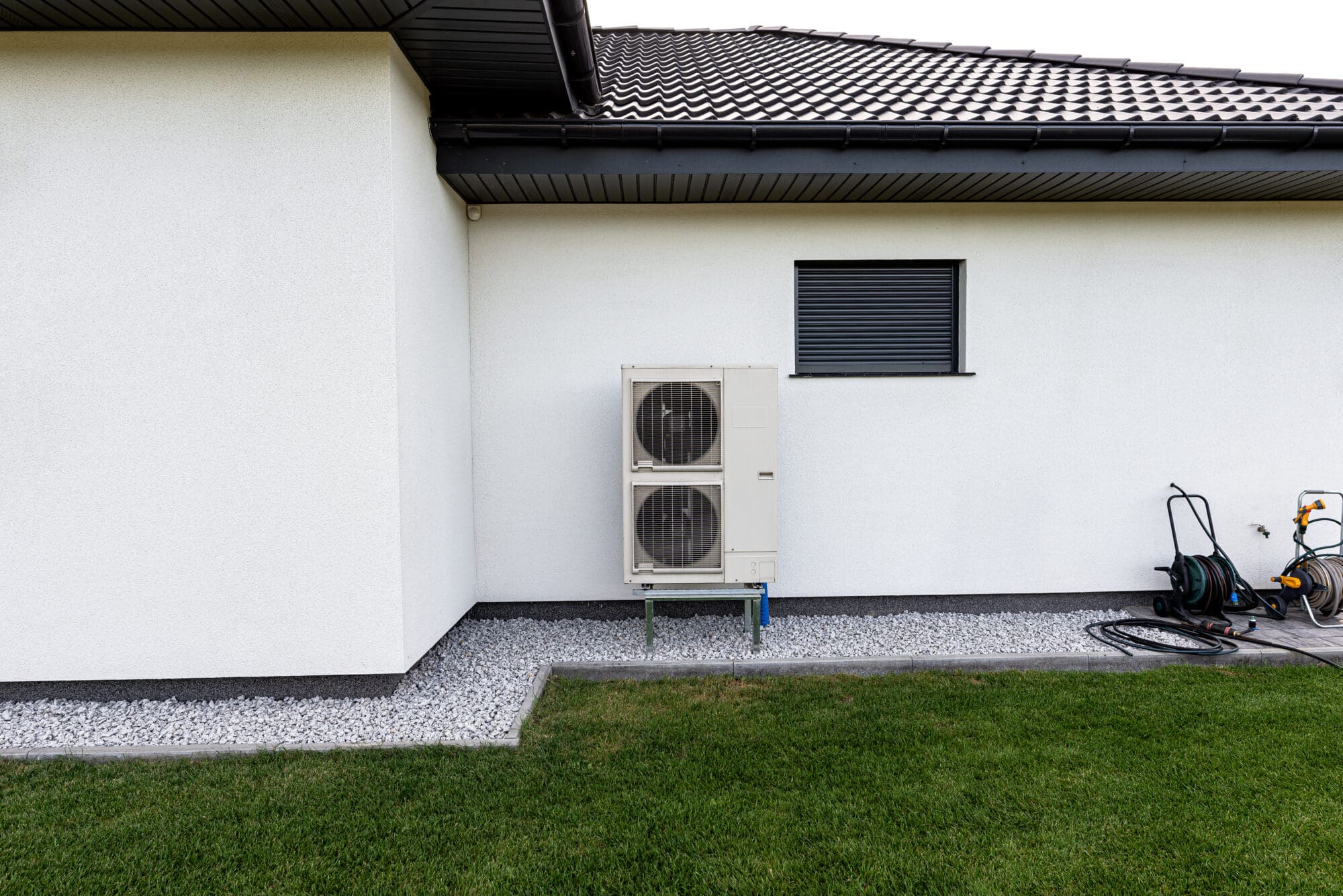
Vertical pipes
With vertical installations, instead of being laid horizontally, the pipes will be laid vertically. To do this, deep holes will be bored by a service like Teckna Group in the ground, between 100 – 400 feet deep, into which the pipe can then be threaded.
These kinds of approaches are more common for larger, commercial buildings, where the area of land required to heat or cool the premises in question would be too much, and drilling boreholes becomes more efficient.
How is the energy transferred?
Once the water/anti-freeze mixture has been circulated through the pipes, it will arrive at a heat exchange that has been installed on the premises in question. Here, the water/anti-freeze is used to slightly heat a heat transfer fluid (called refrigerant) in a separate, sealed part of the heat exchange so that it begins to boil and turns into a gas.
The gas is put into a compressor, and as the pressure is increased by the compressor, the gas gets hotter. That gas then goes into another heat exchanger called a condenser, which is essentially the same as the first one.
The condenser heats up water, which can then be used for heating purposes and for mains water use. Now that the gas has transferred its energy, it turns into a liquid again and restarts the cycle.
Ground source heat pumps are a bit confusing, but this should have hopefully cleared things up a bit – at least in terms of how the pipe is laid underground. If you’re not sure which method to use, speak with an installation expert, and they’ll be able to suggest the one that’s best suited to your needs.


Rib of beef, Celeriac Puree, & Pommes Anna Recipe by simon wood
As we hit the Autumn months, we asked our resident chef and food editor Simon Wood to share a mouth watering recipe: Rib of Beef, Celeriac Puree, & Pommes Anna

“If I can do it, so can you!” Entrepreneur Ryan T Williams
Entrepreneur, Motivational Speaker and Dad of two, Ryan Williams is a leading innovator in the digital media space, recognized for co-founding some of the largest social media publishing brands in the UK, which includes KOMI Group and It’s Gone Viral.

Legoland, Billund, Denmark
The three co-founders of BROOD and six of the mini BROOD’s set off on an adventure to Legoland Denmark there was bound to be plenty of ‘brood moments’ along the way and that there was!

Incorporating Hair Care Into A Bedtime Routine For Kids
Incorporating Hair Care Into A Bedtime Routine For Kids As a parent, incorporating hair care into your children's bedtime routine can be a game-changer for maintaining healthy hair and ensuring a stress-free start to the day. Establishing this habit promotes good...

Interview with Shayne Ward & Sophie Austin
“…going away and not seeing my daughter or my newborn son, it was very tough!.”– Shayne Ward

Quick and Easy Blow-dry Tips
Nicola Wood is a leading entrepreneur, hair professional, and founder of Hair Made Easi, the trailblazing brand synonymous with innovation of high-quality hair tools and products.

Navigating Divorce: Essential Tips to Support Your Children
Divorce can be a challenging and emotionally turbulent time for all involved, especially for children who may struggle to understand and cope with the changes happening in their family dynamics. As a family lawyer at JMW, I’ve witness firsthand how parents sometimes struggle to navigate their children through these changes. However, I’ve also seen how parents can make a significant difference by providing the right support and guidance. Here are some tips to help parents navigate divorce while prioritizing their children’s wellbeing:

GET CLOSER TO DINOSAURS THAN EVER BEFORE AT JURASSIC WORLD: THE EXHIBITION!
JURASSIC WORLD: THE EXHIBITION We were lucky enough to be invited down for a special preview of Jurassic World:The Exhibition at the Trafford Centre which following its worldwide success came roaring into Manchester this week, and it did not disappoint! We were...

Russell Kane & Lindsey Kane
“IT DOESN’T MATTER WHAT COUPLES IN SOCIETY DO, IF THEY AGREE TO ROLLING AROUND IN THEIR HIPPY BED, LETTING THEIR BABY SUCK ON THEIR T**S UNTIL YOU’RE BOTH 60, IF THAT’S WHAT YOU WANT – NO ONE SHOULD JUDGE ANYONE, I JUST THINK IT’S REALLY IMPORTANT TO AGREE ON HOW YOU WANT TO RAISE YOUR KID BEFOREHAND.”

On Reflection with Jenny Powell
Jenny Powell is one of Britain’s best-loved presenters, bursting into the scene at only 16 years old. The inspiring Mum of two, already had a jam-packed career spanning almost a decade by the time she gave birth to her eldest daughter.
Despite the turmoil in her personal life and adjusting to being a single mum of two, Jenny threw herself into the challenge of live TV and she tells of how having to flip that switch professionally helped her cope mentally.








